A Detailed History of RAF Manston 1941-1945

The third of the “Detailed History” books about RAF Manston was officially launched on 2nd March 2017 at the Holiday Inn Express by the Minster Roundabout, just a stone’s throw from the airfield.
In contrast to the official description, it sounds as if this won’t be the last in the series, as Joe announced at the launch that he has already started work on the next.
BOOK DESCRIPTION
A Detailed History of RAF Manston is the story of one of Britain’s most distinguished RAF stations. Having been badly damaged during the Battle of Britain, and the only airfield to have been put out of action, RAF Manston rose from the ashes to become a base for numerous fighter units that attacked Hitler’s ‘Fortress Europe’.
Manston was used by damaged aircraft returning from operations, especially those from Bomber Command. Consequently, a large runway was built, and was one of three in the country that was equipped to deal with emergencies. In 1944, 501 Squadron was formed with the Hawker Tempest to destroy enemy armour, aircraft, and the feared V1 flying bomb; Squadron Leader Joe Berry was credited with destroying sixtyone V1s. Another first was the arrival of the Meteor jet fighter in August 1944. After the war, Manston became a base for a number of civil airlines, but continued in its role as a major diversion airfield and an emergency landing ground. It was the only station that housed aircraft of every command, as well as the USAAF.
Although not as well-known as Biggin Hill, Manston was the nearest airfield to mainland Europe, and so suffered accordingly. The station’s motto was ‘Arise to Protect’, and Manston carried out that role across two world wars. The last in a three-volume set, A Detailed History of RAF Manston 1941–1945 covers the station’s history during the period that the RAF was on the offensive against the Luftwaffe.
THE AUTHORS
JOE BAMFORD joined the RAF as an assistant air traffic controller and served at Manston and Cyprus; he later set up The Salford Lancaster Memorial Appeal.
JOHN WILLIAMS joined the Army and served for nine years with the Royal Ordinance Corps. Williams has been involved with a number of local history organisations, including the Spitfire and Hurricane Memorial Building at Manston.
PETER GALLAGHER worked for British Telecom and was called up for National Service where he joined the Royal Signals Regiment in Germany.
DETAILS
- Paperback: 192 pages
- Publisher: Fonthill Media
- Language: English
- ISBN-10: 1781550964
- ISBN-13: 978-1781550960
- Product Dimensions: 15.6 x 23.5 cm
Details from http://fonthillmedia.com/





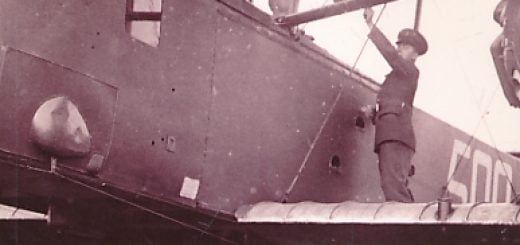




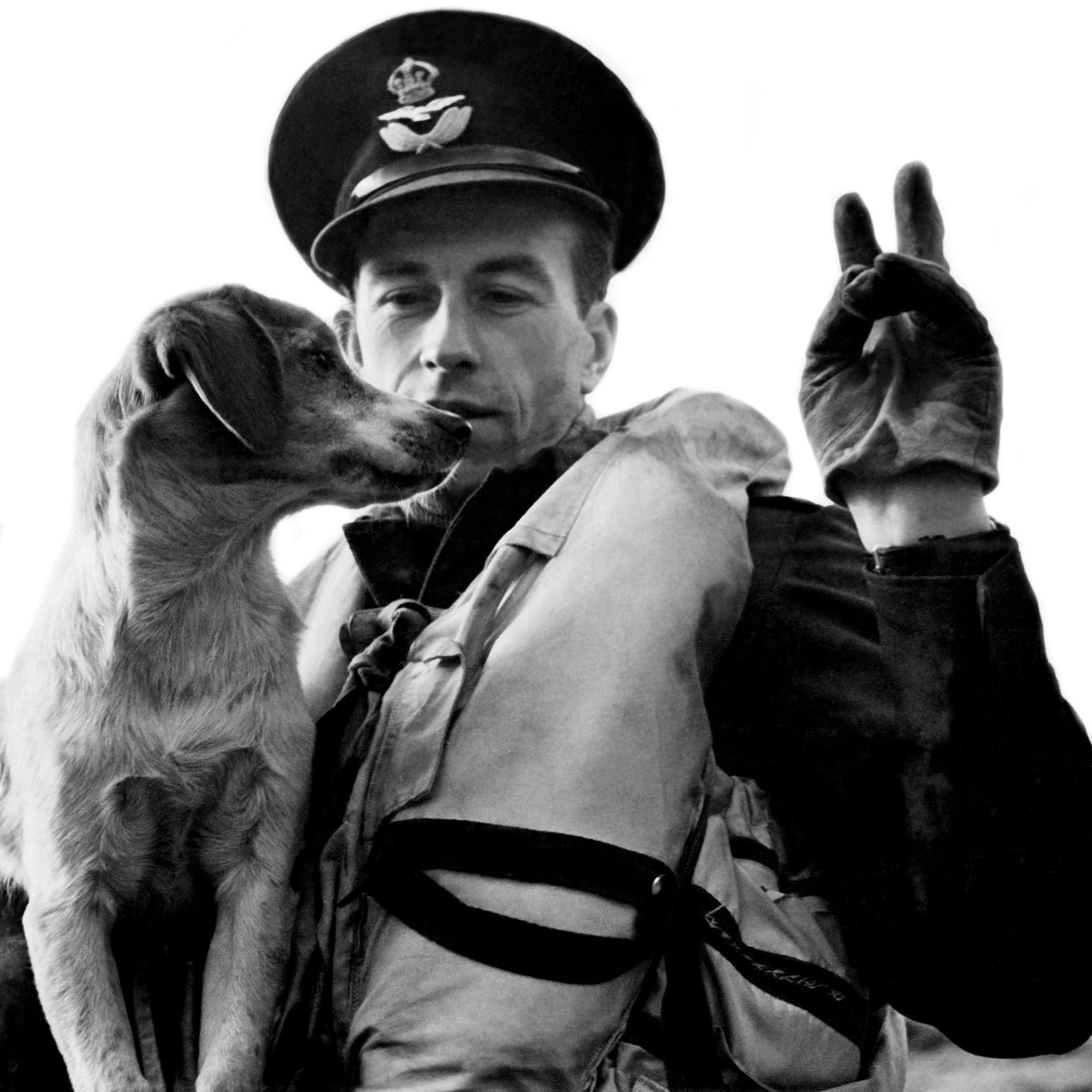
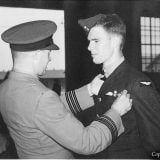


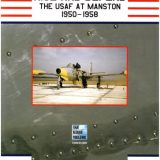
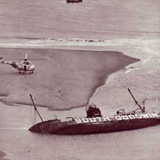
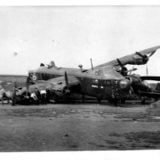
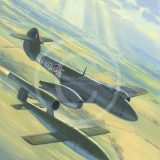
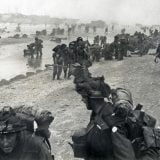
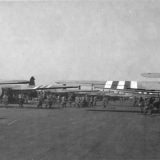
Having been from that area in Thanet and although I’m conversant with what happened at Manston, from my uncle who before the war joined the fire brigade and consequently used to tell us stories without, I found later any embellishment. But since then when there is mention the battle of Britain, I have never heard any mention of RAF Manston? And just wondered why.